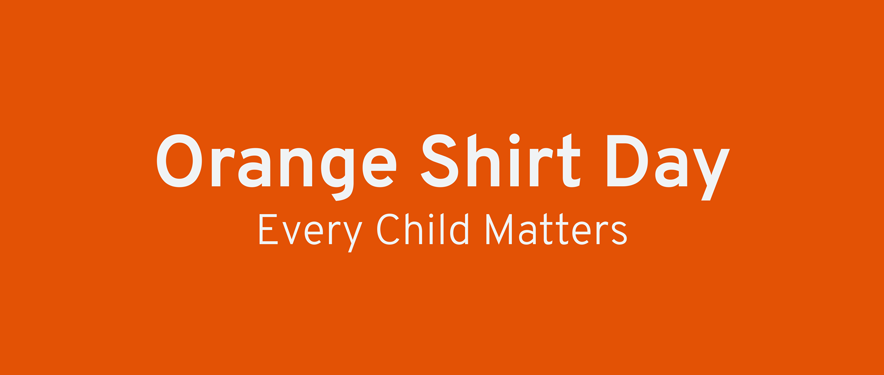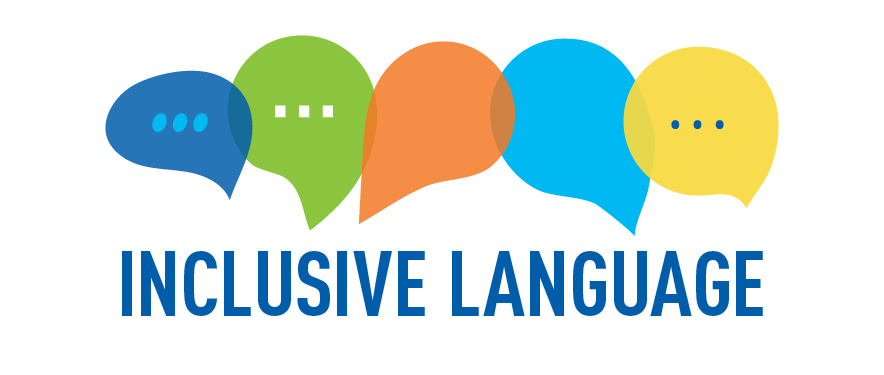
Tips for Inclusive Language - Part 3
By Deborah Digrispino / 03/21/2021 / Diversity, Equity & Inclusion
Editor’s note: Final installment of a three-part series on inclusive language.
Recent events have many of us considering the terminology we use every day. Language is constantly evolving, and lately faster than ever. Here is guidance for those who want to learn more about how to incorporate inclusivity into their day-to-day lives.
“Inclusive language” avoids biases, slang or words that reflect discriminatory views against groups of people based on their race, gender or socioeconomic status. That simply means that it’s considerate and respectful communication.
Here are three ways you can make your language more inclusive.
- Use gender neutrality (think “mail carrier” instead of “mailman”)
- Respect race and ethnicity (capitalize the “B” in Black)
- Emphasize humanity (saying “people experiencing homelessness” instead of “the homeless”)
Part 3: Emphasizing humanity conveys respect for all people
The key to respectful communication is to emphasize the human side of the story, no matter the person’s situation. Rather than leaning on labels, which can place people into a box, focus instead on describing a person’s experience or condition by putting him or her at the forefront. Here are some examples of how to move away from labels and instead focus on humanity.
For example, experts recommend to:
Refrain from | Instead use |
the homeless | people without housing |
the poor | people dealing with economic hardship |
the mentally ill | people with mental illnesses |
When referring to groups of people with disabilities, taking a human-first approach would mean using language that is specific to the type of disability or symptoms. Be sensitive and respectful to people’s preferences and ask how they prefer to be described. For instance, there are those who refer to themselves more specifically with identity-first language (disabled person) or person-first language (person with a disability).
Here are some best practices recommended by experts:
Refrain from | Instead use |
deaf | major hearing loss |
blind | visually impaired |
autistic | has autism |
dyslexic | diagnosed with dyslexia |
suffers from multiple sclerosis | has multiple sclerosis |
Here’s a quick checklist to run through to ensure you’re putting humanity first in your communications.
- Have I used words that dehumanize people by putting them in a box?
- Have I mentioned someone’s disability? If so, was it necessary?
- Am I relying on outdated stereotypes when there’s an alternative?
- Do I provide the same detail of information when writing about people with different backgrounds?
Remember, ask yourself if the person is being identified respectfully. The inclusive language you use should embrace differences and forge a positive connection to the reader.
In short, whether you’re talking about gender, race, ethnicity or a condition, put people at the forefront of everything you do. Ask people how they want to be described and respect their feedback. Inclusive language allows us to remove barriers, promote communication and be open-minded.

